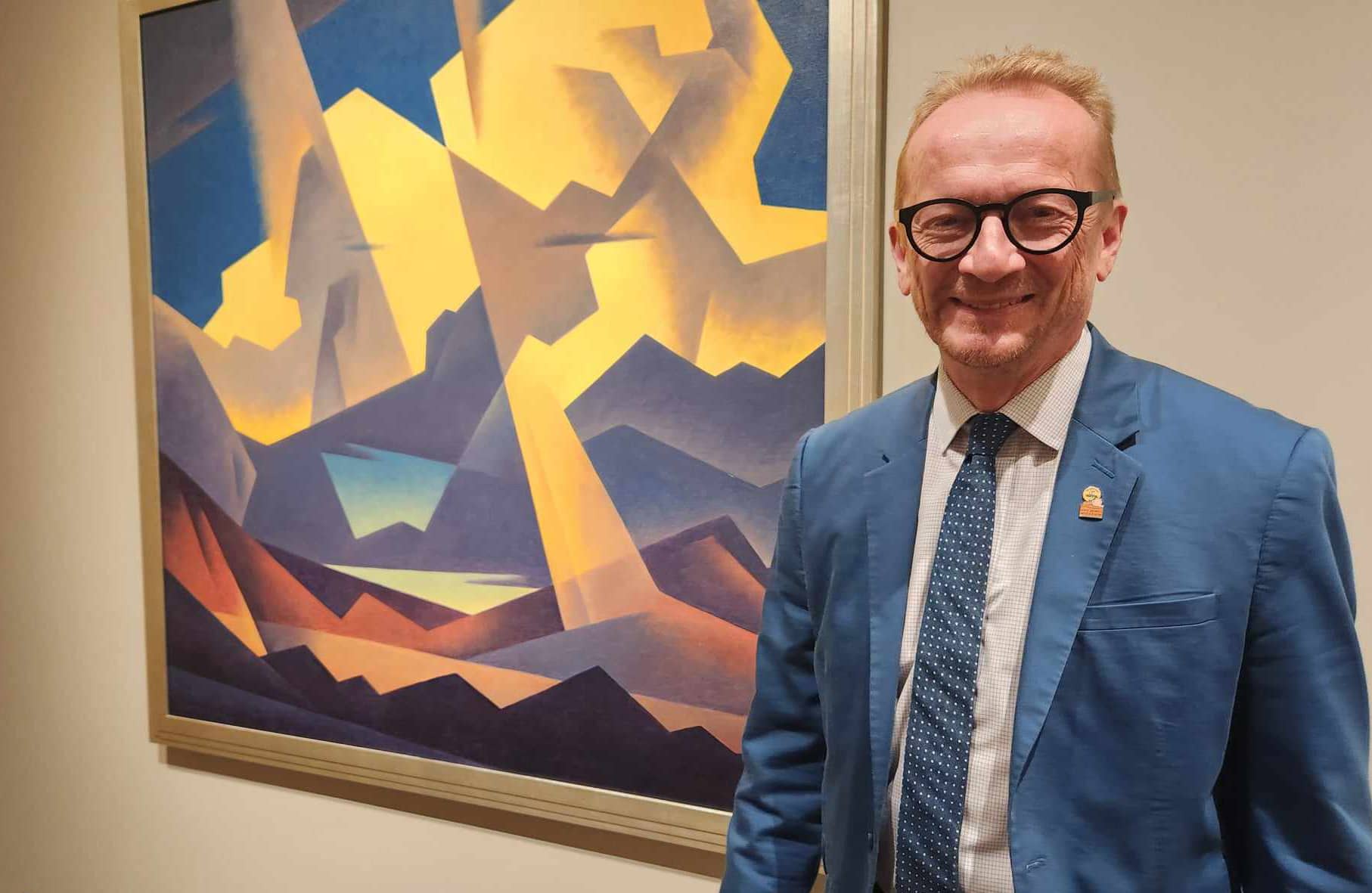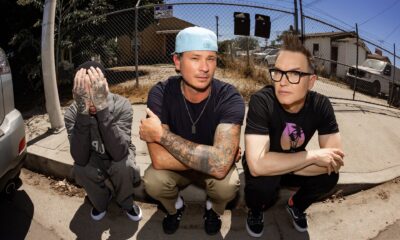Create
Catching up with: Robin Nicholson, the James Museum

One year into his tenure as executive director at the James Museum of Western and Wildlife Art, Robin Nicholson is still like a kid in a candy store. “I can’t think of another American city of this size that has so many art museums within walking distance of each other,” he says.
Still, the new guy arrived with goals, including bringing more attention and focus to what the James Museum actually is, and what it does. And how to get more visitors in the door.
The two-story, 80,000-square-foot James Museum opened in 2018, to showcase the expansive collection of contemporary western art owned by Raymond James Financial chairman emeritus Tom James and his wife Mary.
“The challenge we face,” Nicholson explains, “is ‘Why is there a museum of western and wildlife art in St. Petersburg, Florida?’ That’s a good question. There’s about 12 significant museums in the country that have collections of western art. The bulk of them, obviously, are out in the west. And so that makes more sense.
“So when people are thinking about, what do we want to do in St. Petersburg, the first thing that springs to mind is not ‘Let’s go and see western art.’ So I think at the local level we can do a lot more in terms of getting the brand out there.’”
The couple’s art (a.k.a. the permanent collection) is substantial and varied, but the visiting programs – the special, rotating exhibitions of themed art and other ephemera from the historic west – are world-class and wholly unique.
Dali Museum director Hank Hine once advised Nicholson that the museum’s reputation would eventually supplant any lingering doubts about its significance. Back in the early 1980s, Hine explained, the question was “Why on earth is there a Salvador Dali museum in St. Petersburg?”
A native of Edinburgh, Scotland, Nicholson has a Masters in Art History from the University of Cambridge, and is a renowned scholar of the art of the 18th century Stuart royal courts in Paris and Rome.
He relocated to the United States in 2006, to work as Deputy Director for Art and Education, and Head of Exhibitions, at the Virginia Museum of Fine Arts in Richmond, a job he held through 2014.
Subsequent managerial positions at The Frick Museum (Pittsburgh) and the Telfair Museum of Art (Savannah) followed. During the pandemic, he worked, from home, as a consultant.
Nicholson believes his track record as a museum director is what led to his hiring as the James Museum’s third executive director. “That was something that Tom James thought would be invaluable to have as the next stage of the museum’s evolution,” he thought. “Previous senior management didn’t have a lot of museum experience.”
Well-planned and executed community outreach programs and partnerships give a museum its identity, he believes, and lead to success. Along with frequent, inviting special events in the museum theater and ballroom. Keep those doors open.
A little money, of course, doesn’t hurt now and again. Philanthropy, he reports happily, has been on the rise.
Nicholson is quick to give credit to curators Emily Kapes and Caitlin Pendola, who research and put the exhibitions together. “I always maintained – and I do maintain – that special exhibitions are what drives the train,” he explains. “That’s what pulls people in. That’s what creates membership. It’s what creates excitement. That’s something I really think is important, for any museum.”
Tom James, says Nicholson, “doesn’t want it to be a ‘mausoleum of his collection.’ And he said he doesn’t necessarily want the special exhibitions to all be western or wildlife art; we could actually do something completely different.”
That’s where Nicholson’s curatorial team is heading. “I think we’re possibly looking at more contemporary indigenous artists, who may be from the West, but maybe aren’t painting or creating works that reflect that, necessarily. We’re also looking at indigenous fashion, which has really taken off in terms of designers creating some really interesting things.
“And we’re working on an exhibition called Transcendentalism, which is a much broader scope of looking at artists from the West who are dealing with more philosophical concepts rather than what we mostly have here, which is realism, to a certain extent.”
Most contemporary museums, he insists, are rejecting the notion of the “mausoleum,” the jewel box, the four gallery walls strung with paintings.
“That’s something that I’m very much engaged with, because I think we owe it to those who come after us that we get things right,” Nicholson says. “Now. So we are working on a strategic plan at the moment – most strategic plans are three or five years, but I want to set the baseline for the next … what will the museum look like in 25 years? 50 years from now?”
Architect Yann Weymouth designed the James Museum to be itself a work of art. The spacious first-floor entryway resembles an arroyo, a gully in the dry southwestern states where rushing water has cut a pathway through stone. Weymouth created it with thousands of sandstone panels imported from a quarry in Jaipur, India.
That’s what drew Nicholson’s eye when he walked into the James Museum for that first interview.
“An art museum shouldn’t really require you to go and look at art. You should experience it in any way. Just to walk into the arroyo, with the waterfall, that’s an aesthetic experience in its own right. You could turn around and walk out again, and we’ve done our job as a museum.”
So many “starchitects,” he thought, design museums “as statements of architecture, not to present art. But here, the vision was very thoughtful, and everything is exhibited with great panache.”







